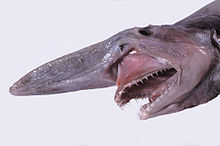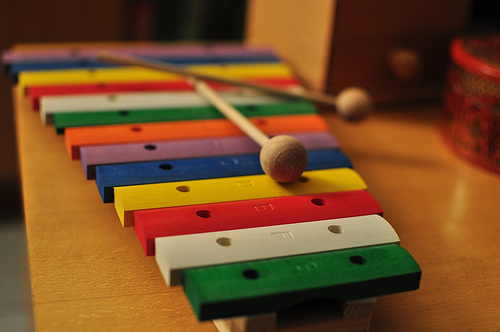Summer is here, the temperatures are lifting and everything green is bursting forth…. including the nettles! Don’t despair though, behind the sting lies a very useful and beneficial plant! Young nettles are great as a diuretic, a natural anti-inflammatory (used for allergies, asthma, rheumatism) and to treat high blood pressure… to name but a few benefits!
Inspired by this years emerging crop we decided to make some nettle pesto; Usually when I make it I tend to throw in ingredients according to my taste preferences but for the purpose of this blog post I handled things a bit more scientifically and weighed out the ingredients. Feel free to change them at will of course, it is very much a recipe to be “personalized”!
First up…. harvest your nettles, even better if you can recruit a helper or two, this was my “helper” for the task – gloves, hat and all!

Wearing our nettle protecting gloves we headed out into the back garden and collected a large basin full of lovely nettles (harvesting the top two to three bracts)…
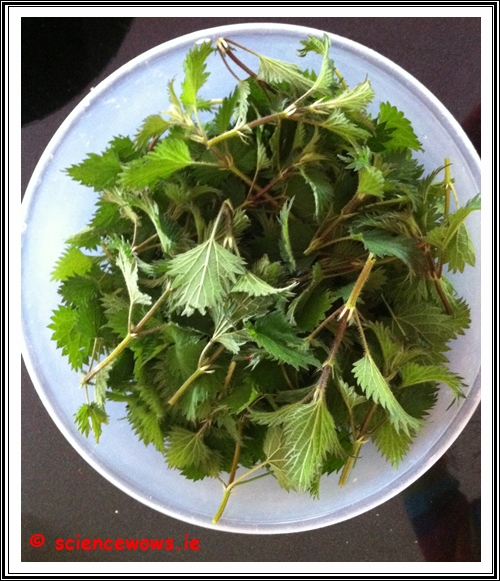
Next I removed the leaves and washed them, ending up with a colander full!
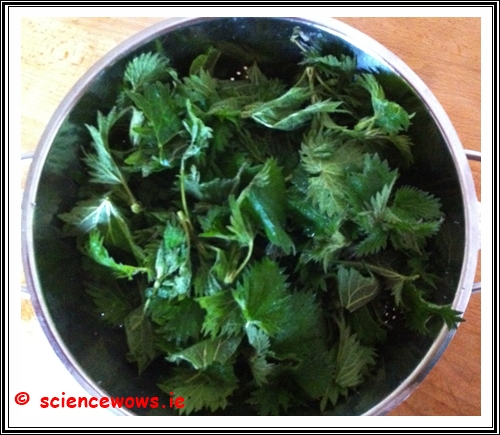
Next step was to blanch the nettle leaves, so they were added to a large pot of boiling water for two minutes then removed with a slotted spoon and added to iced water.
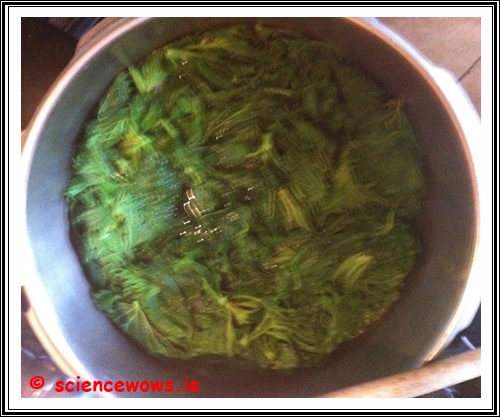
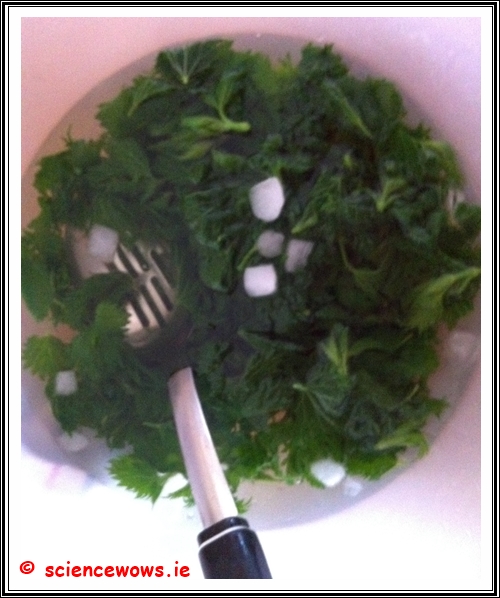
Then I placed all the nettles into a clean tea towel and squeeze out the water until the nettles were fairly dry
This left me with 100 g nettles, I was ready to make my pesto!
My ingredients…

100 g preped nettles
50 g pinenuts
Juice and zest of one lemon
150 mls olive oil
30 g parmesan cheese
1 clove of garlic
Sea salt to taste
Pepper to taste
All that remained was to add all the ingredients together and blend, blitz or pound them to the preferred consistency.
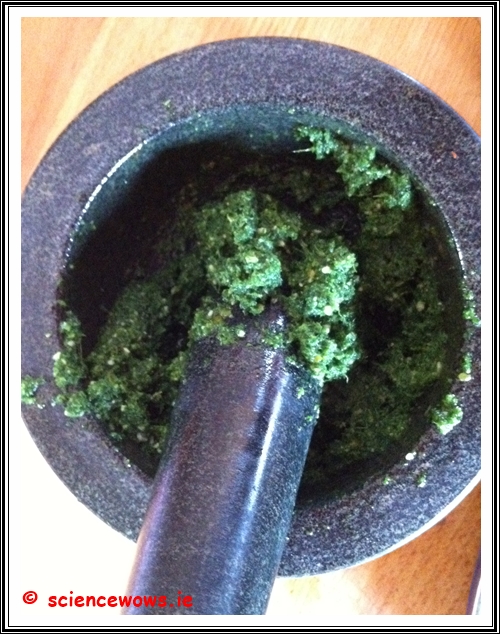
I got about 250 g of pesto from this, nicely filling four 150 ml bottles…
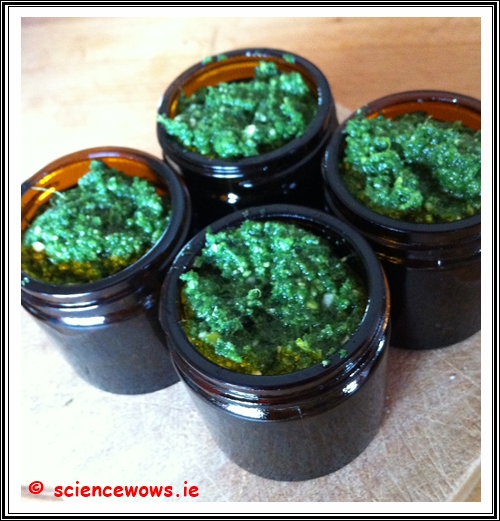
Guess what we are having for dinner this evening?
Update August 2015:
I am adding this post to the #FreeFromFridays Link up, hosted this week by Dairy Free Kids. Click on the link below for lots of great Free From recipes…
Further reading:
Stinging nettle pesto recipe
Nettle pesto recipe
Latest science on Rooibos and Nettle Tea
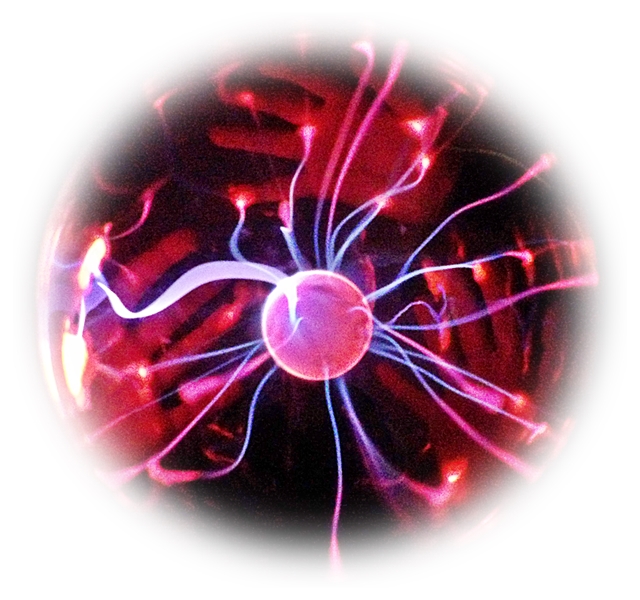

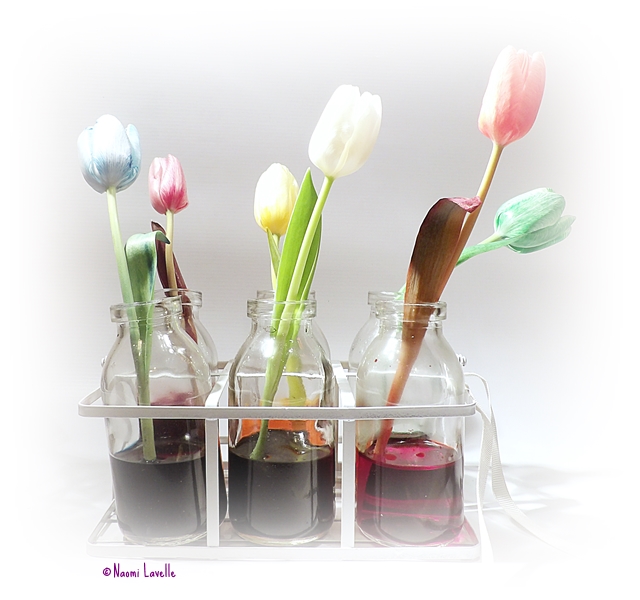
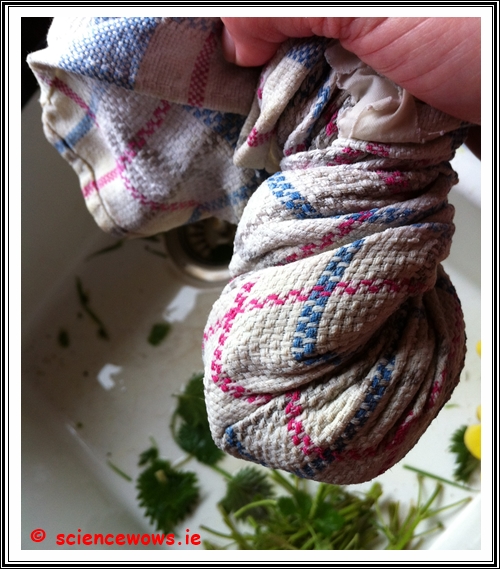
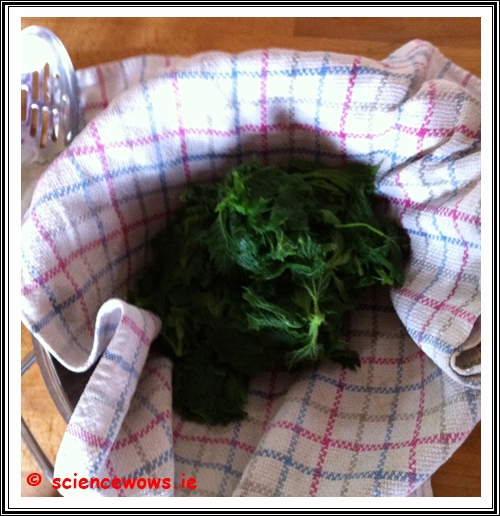

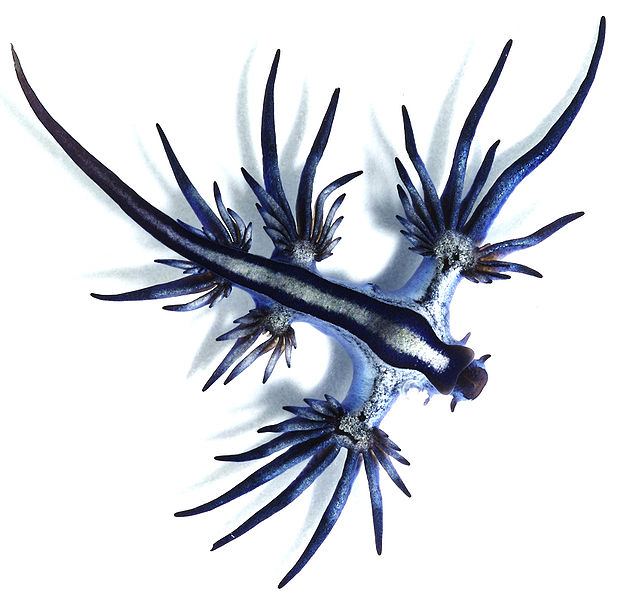
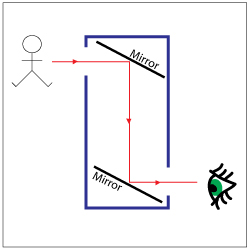
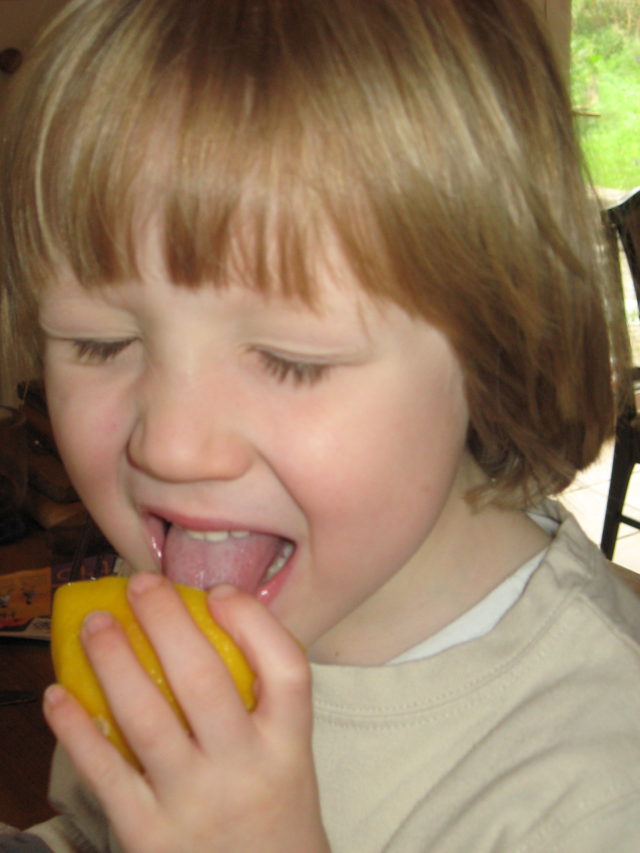
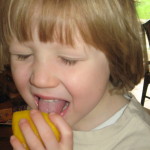
.jpg)

